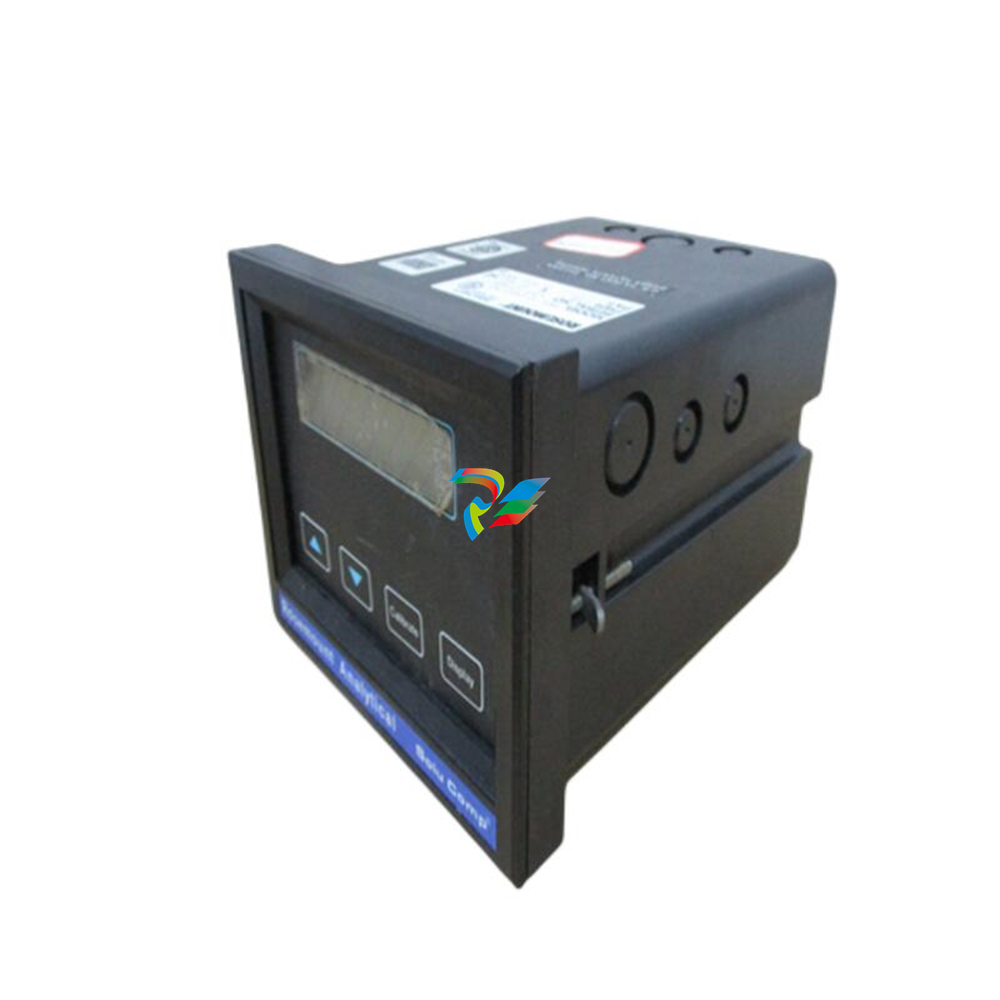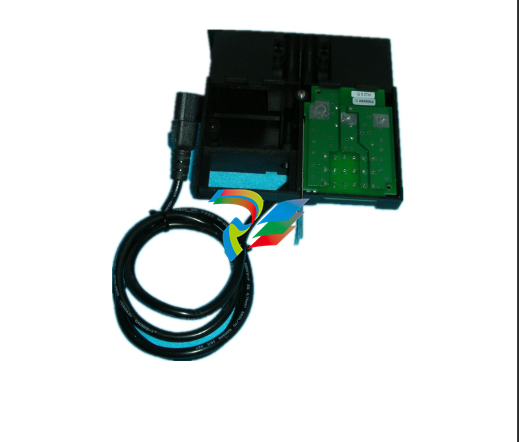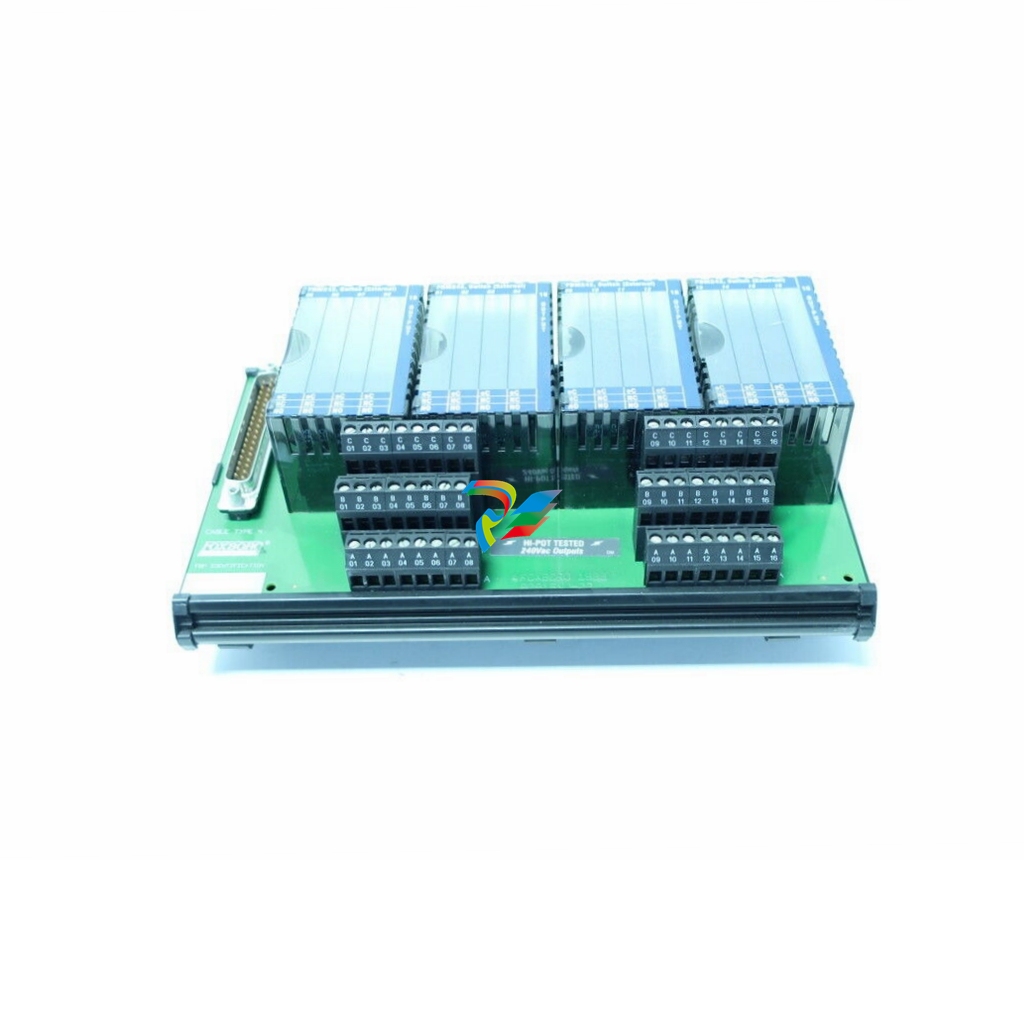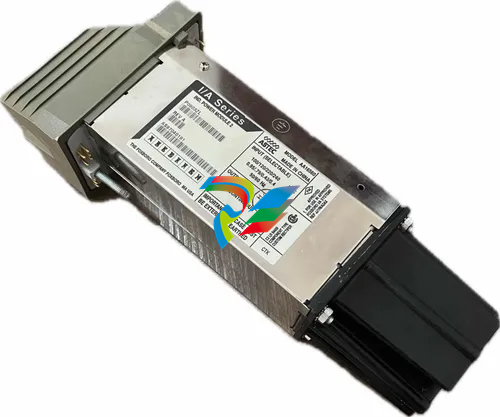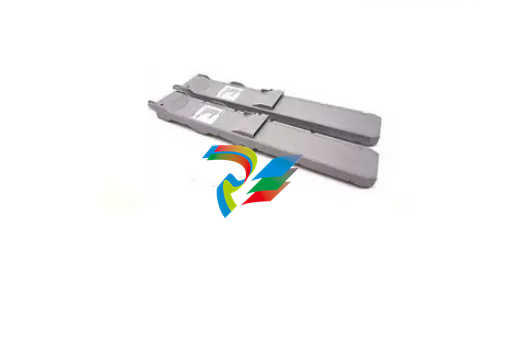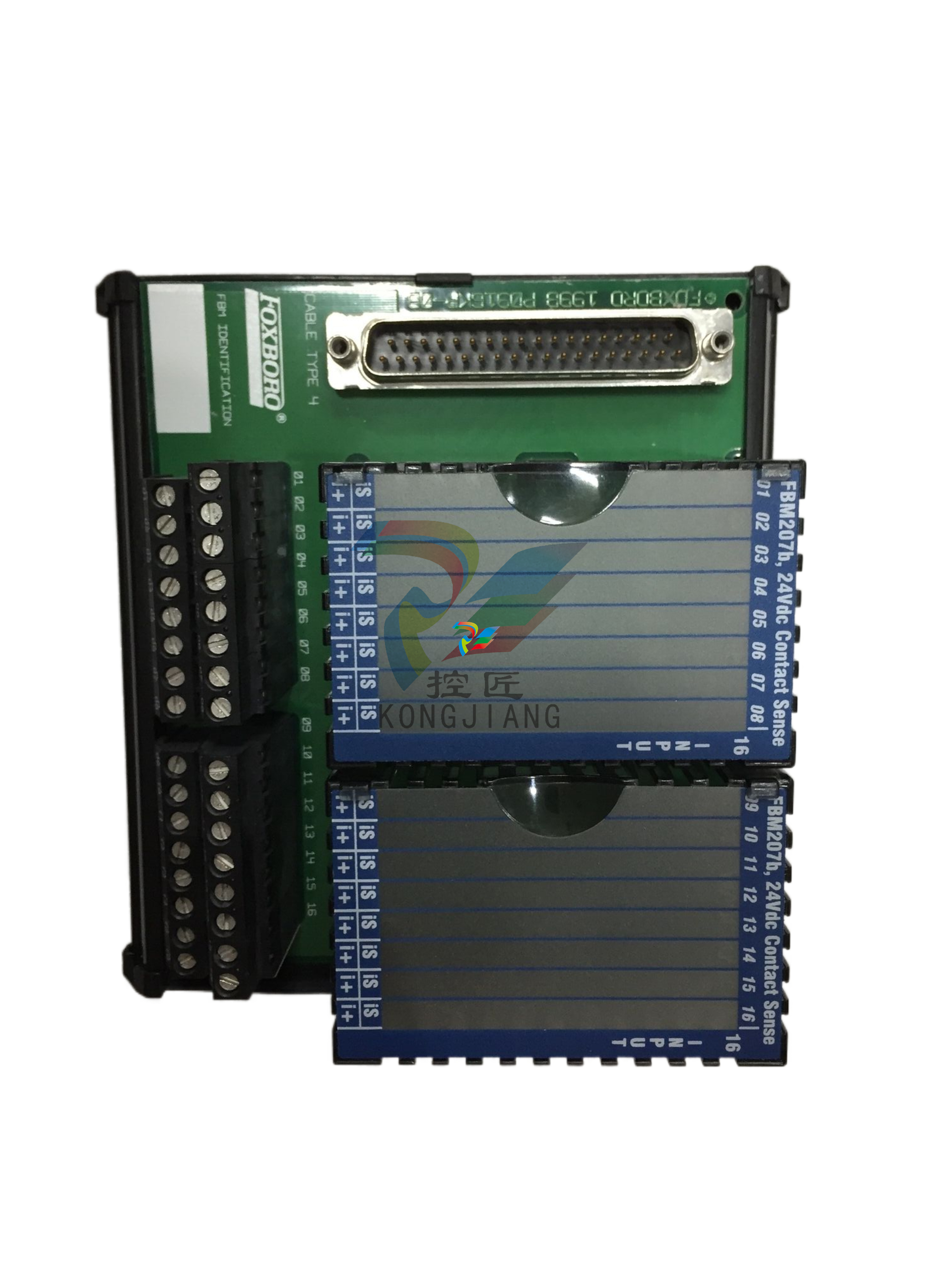
Water and Wastewater Automation
### Title: Water and Wastewater Automation: Revolutionizing the Water Management Sector In the modern era, water and wastewater management has become an area of utmost importance due to growing concerns about water scarcity, environmental protection, and the need to supply clean and safe water to a burgeoning global population. Water and wastewater automation has emerged as a game-changer, transforming traditional practices and enabling more efficient, reliable, and sustainable solutions. #### 1. Introduction to Water and Wastewater Automation Water and wastewater automation involves the application of advanced technologies such as sensors, programmable logic controllers (PLCs), Supervisory Control and Data Acquisition (SCADA) systems, and intelligent algorithms to monitor, control, and optimize the processes related to water treatment, distribution, and wastewater collection and treatment. It replaces or augments manual operations with automated systems that can operate continuously, respond rapidly to changes, and make data-driven decisions. Sensors play a crucial role by constantly measuring parameters like water flow rates, water quality indicators (such as pH, turbidity, chemical concentrations), and levels in tanks and reservoirs. PLCs are the brains behind the operation, executing programmed logic to control pumps, valves, and other mechanical components based on the data received from sensors. SCADA systems provide a centralized platform for monitoring and managing the entire water or wastewater infrastructure, allowing operators to visualize real-time data, detect anomalies, and remotely control processes from a single location.

#### 2. Benefits of Water and Wastewater Automation - **Enhanced Efficiency**: Automated systems can optimize the operation of water treatment plants and distribution networks. For example, pumps can be automatically adjusted to match the water demand, reducing energy consumption. In wastewater treatment, automated sequencing of processes ensures that each stage occurs at the right time and with the correct parameters, maximizing the removal of contaminants while minimizing the use of chemicals and resources. - **Improved Water Quality**: With continuous monitoring and precise control, automation helps maintain consistent water quality. Sensors detect any deviations in water quality immediately, enabling quick corrective actions. In water treatment plants, automation can precisely adjust the dosage of disinfectants and other chemicals, ensuring that the treated water meets or exceeds regulatory standards. In wastewater treatment, it can better manage biological processes to break down organic matter effectively and remove harmful pollutants. - **Increased Reliability**: Automation reduces the reliance on human intervention, minimizing the risk of human errors. Systems can detect and respond to equipment failures or abnormal conditions promptly. For instance, if a pump malfunctions, the SCADA system can alert operators and automatically switch to a backup pump or adjust the operation of other pumps to maintain the water supply. This leads to fewer disruptions in water supply and wastewater treatment, enhancing the overall reliability of the infrastructure. - **Cost Savings**: By optimizing energy usage, reducing chemical consumption, and minimizing maintenance needs through predictive maintenance enabled by data analytics, water and wastewater automation can result in significant cost savings over time. For example, analyzing sensor data can help predict when equipment is likely to fail, allowing for proactive maintenance rather than costly emergency repairs. #### 3. Applications in Different Areas - **Water Treatment Plants**: Automation is used throughout the treatment process, from raw water intake to the final disinfection stage. At the intake, sensors monitor the quality of the source water and adjust the intake flow accordingly. During the treatment process, PLCs control the mixing of chemicals, the operation of sedimentation and filtration units, and the dosing of disinfectants. SCADA systems provide a comprehensive overview of the plant's performance and enable operators to make necessary adjustments remotely. - **Water Distribution Networks**: In distribution systems, automation helps manage water pressure, detect leaks, and balance the flow of water across different areas. Pressure sensors and flow meters are installed at various points in the network, and automated valves are controlled to maintain optimal pressure and ensure an even distribution of water. Leak detection algorithms analyze the data from these sensors to identify potential leaks early, reducing water loss and preventing damage to infrastructure. - **Wastewater Collection and Treatment**: In wastewater collection systems, level sensors in sewer pipes and lift stations monitor the flow and trigger the operation of pumps when needed to prevent overflows. In treatment plants, automation controls the biological treatment processes, sludge management, and the discharge of treated wastewater. It ensures that the wastewater is treated effectively before being released back into the environment, protecting water bodies from pollution. #### 4. Future Trends and Challenges - **Integration with Smart City Initiatives**: As cities become smarter, water and wastewater automation will be integrated with other urban systems such as energy management, transportation, and environmental monitoring. This integration will enable a more holistic approach to urban resource management and improve the overall livability of cities. - **Advanced Analytics and Artificial Intelligence**: The use of big data analytics and artificial intelligence (AI) is expected to grow. AI can analyze complex sensor data patterns to predict water quality changes, optimize treatment processes in real-time, and improve decision-making. For example, machine learning algorithms can learn from historical data to identify the most efficient operating parameters for a water treatment plant under different conditions. - **Cybersecurity Concerns**: With increased automation and connectivity, the risk of cyberattacks on water and wastewater systems becomes a significant concern. Protecting these critical infrastructures from unauthorized access and ensuring the integrity of data and control systems will be essential. Adequate security measures, such as firewalls, encryption, and employee training, need to be implemented to safeguard against potential threats. In conclusion, water and wastewater automation is revolutionizing the way we manage our water resources. Its numerous benefits in terms of efficiency, quality, reliability, and cost savings make it an indispensable tool in the modern water management sector. As technology continues to evolve, embracing these advancements while addressing the associated challenges will be crucial for ensuring sustainable water and wastewater management for future generations.

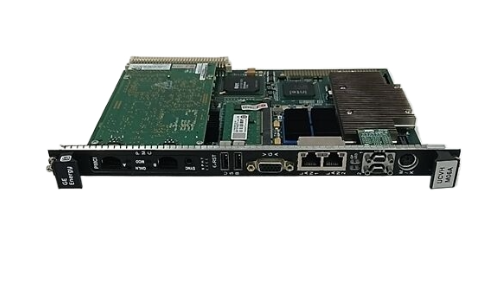
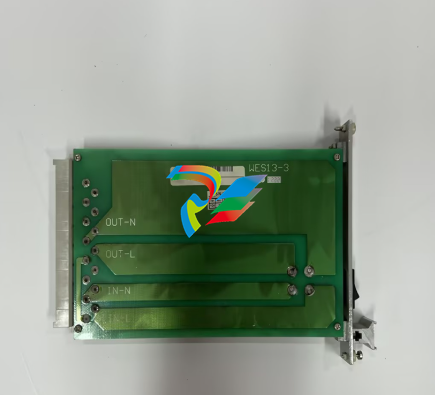
.jpg)
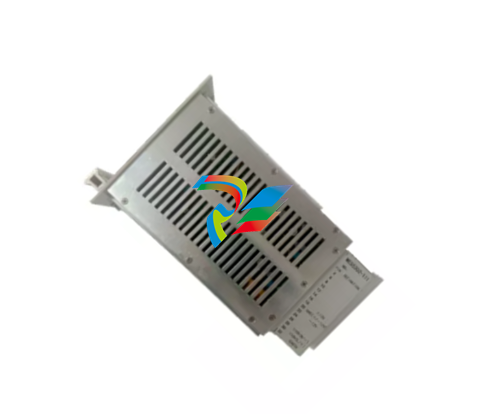
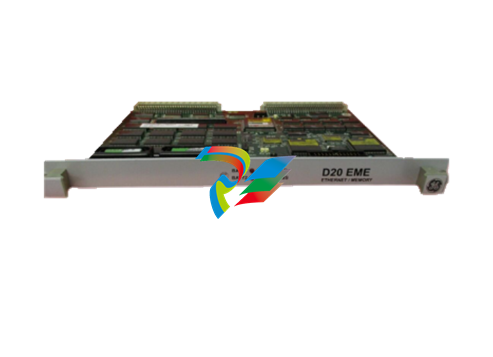
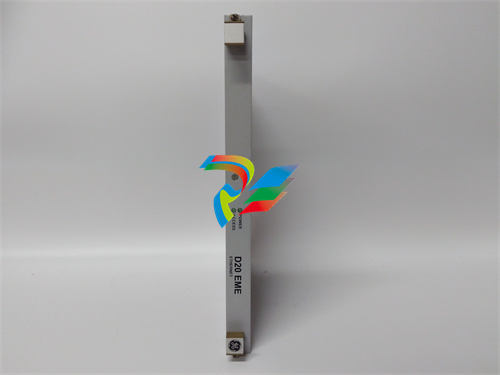
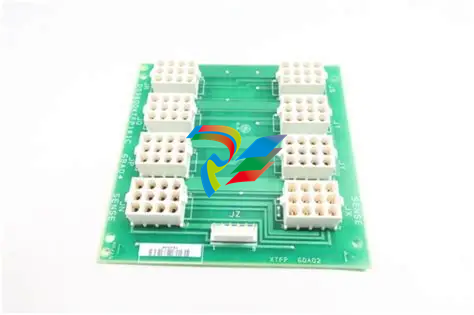












































.jpg)
.jpg)





.jpg)



.png)
.jpg)

.jpg)
_lVjBYb.jpg)

.jpg)
.jpg)



.jpg)
.jpg)







.jpg)

.jpg)
.jpg)











.jpg)




.jpg)
.jpg)
.jpg)
.jpg)
.jpg)
.jpg)
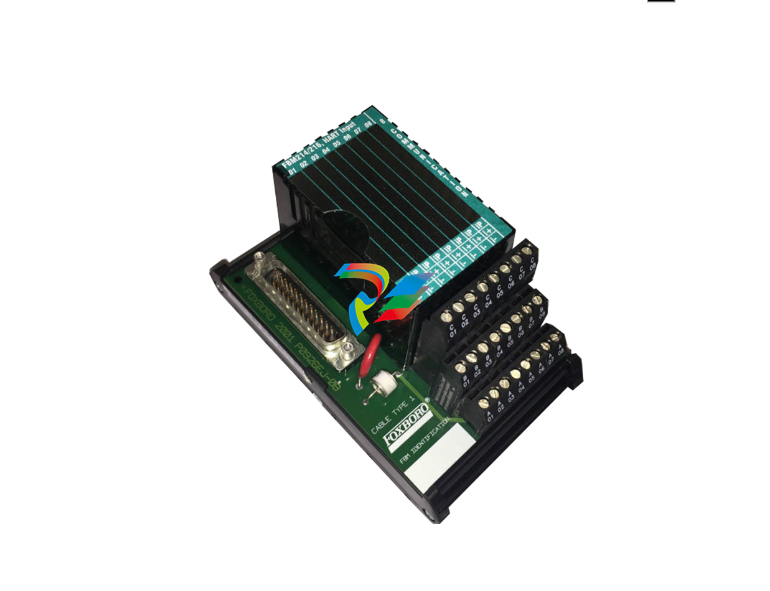
.jpg)
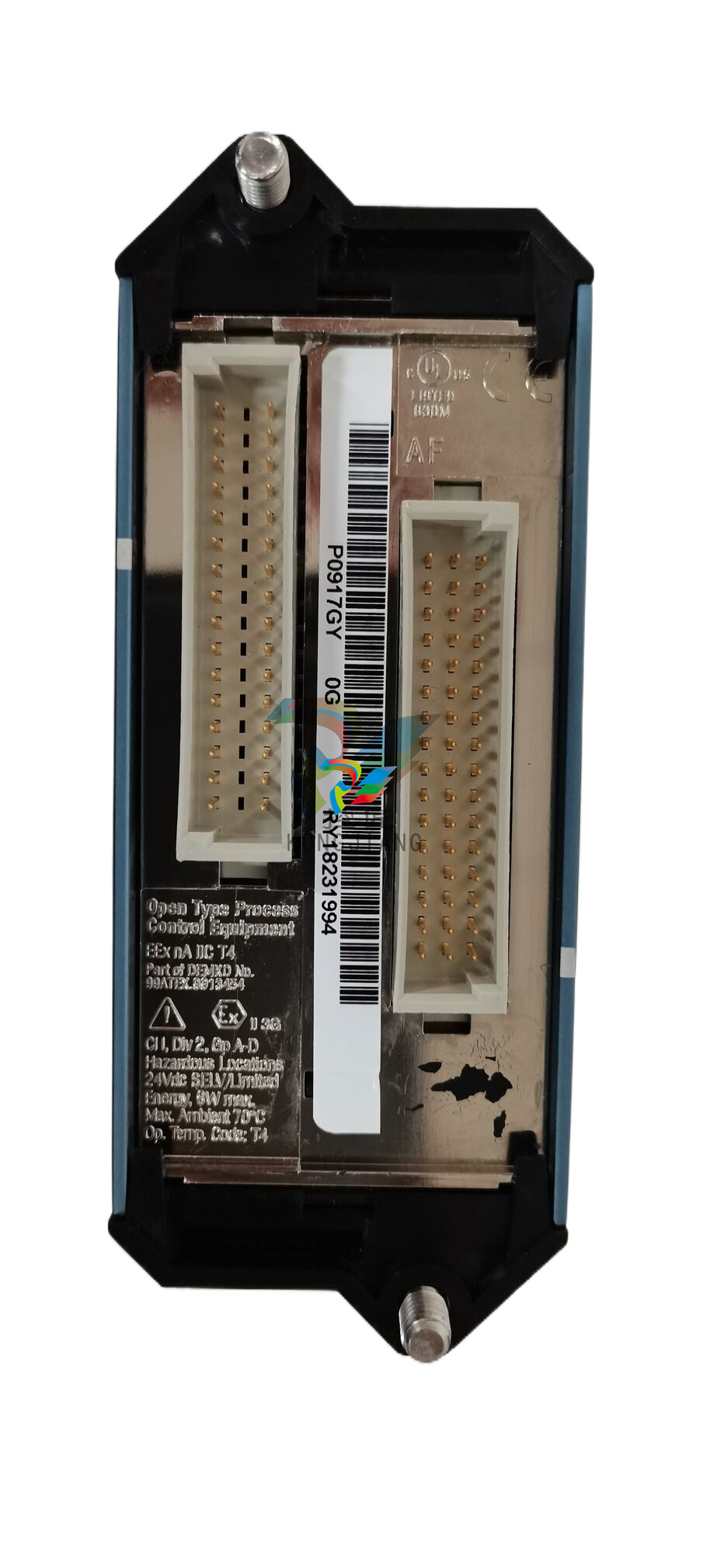
.jpg)
.jpg)
.jpg)
